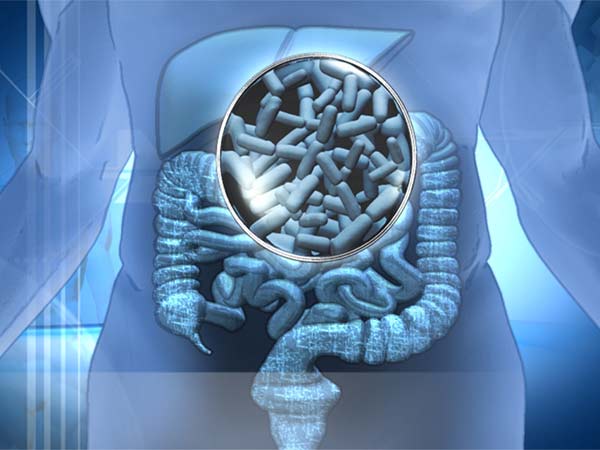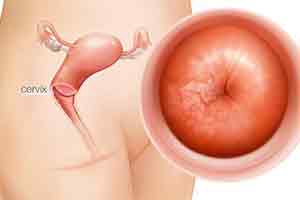New link between gut microbiome and artery hardening discovered
The level of diversity of the ‘good bacteria’ in our digestive systems has been found to be linked to hardening of the arteries – in new research by experts at the University of Nottingham and King’s College London.
 The gut microbiome is under increasing scrutiny in medical research as it is known to affect many different aspects of our health, including our metabolism and auto-immune system. A lack of diversity or range of healthy bacteria in the gut has previously been linked to various health problems, including diabetes, obesity and inflammatory stomach and bowel diseases.
The gut microbiome is under increasing scrutiny in medical research as it is known to affect many different aspects of our health, including our metabolism and auto-immune system. A lack of diversity or range of healthy bacteria in the gut has previously been linked to various health problems, including diabetes, obesity and inflammatory stomach and bowel diseases.
Now for the first time, researchers have found a link between gut bacteria and arterial stiffening which suggests that targeting the microbiome through diet, medication and probiotics may be a way to reduce the risk of cardiovascular disease. The British Heart Foundation and MRC-funded research has been published in theEuropean Heart Journal 1.
The gut microbiome has been implicated in a variety of potential disease mechanisms including inflammation which can predispose people to heart disease. The hardening of the arteries that happens at different rates in different people as we age, is known to be a factor in cardiovascular risk.
The researchers examined medical data from a group of 617 middle-aged female twins from the TwinsUK registry – a national registry of adult twins recruited as volunteers for data-based research. Measurements of arterial stiffening using a gold-standard measure called carotid-femoral pulse-wave velocity (PWV) were analysed alongside data on the composition of the gut microbiomes of the women.
The results of the analysis revealed that there was a significant correlation in all the women between the diversity of the microbes in the gut and the health of the arteries. After adjusting for metabolic variations and blood pressure, the measure of arterial stiffness was higher in women with lower diversity of healthy bacteria in the gut. The research also identified specific microbes which were linked to a lower risk of arterial stiffening. These microbes have also previously been associated with a lower risk of obesity.
Dr Ana Valdes, from the University of Nottingham’s School of Medicine and NIHR Nottingham Biomedical Research Centre, said: “We know that a substantial proportion of serious cardiovascular events like heart attacks are not explained by traditional risk factors such as obesity and smoking, particularly in younger people and in women and that arterial stiffness is related to risk in those groups. So our results reveal the first observation in humans linking the gut microbes and their products to lower arterial stiffness. It is possible that the gut bacteria can be used to detect risk of heart disease and may be altered by diet or drugs to reduce the risk.”
Dr Cristina Menni, from the Department of Twin Research and Genetic Epidemiology at King’s College London, said: “There is considerable interest in finding ways to increase the diversity of gut microbes for other conditions such as obesity and diabetes. Our findings now suggest that finding dietary interventions to improve the healthy bacteria in the gut could also be used to reduce the risk of heart disease.”
The research concludes that cardiovascular risk that is not explained by the usual risk factors could in the future be enhanced by analysing the health of the gut microbiome. This could be particularly useful in stratifying cardiovascular risk in younger people and in women. The gut microbiome could also be the target for nutrition-based health interventions – for example, a high-fibre diet is known to improve the quantity and diversity of useful microbes in the gut. In fact, the composition of the gut microbiome may contribute to the mechanism whereby dietary fibre intake influences cardiovascular risk, but more research into this mechanism is needed.
Source: Uiversity of Nottingham
Full bibliographic information
1“Gut microbial diversity is associated with lower arterial stiffness in women”, by Cristina Menni et al. European Heart Journal. doi:10.1093/eurheartj/ehy226




